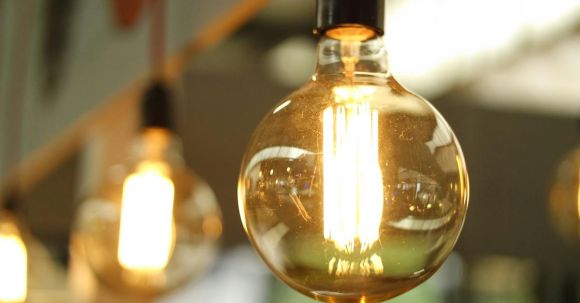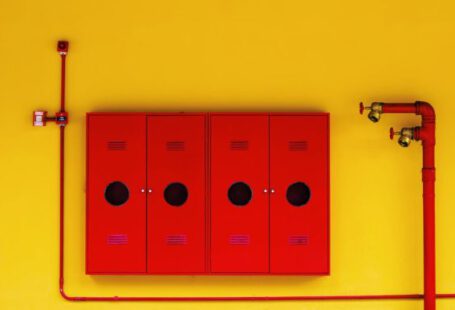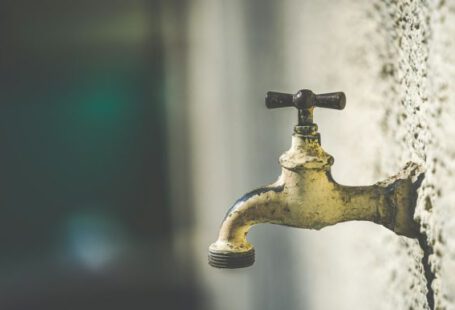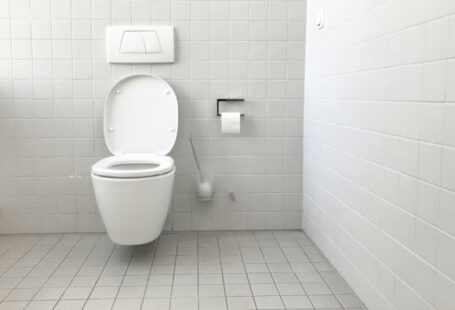In today’s world, energy efficiency has become a top priority for many homeowners. Not only does it help save money on utility bills, but it also reduces our carbon footprint. One of the key factors in achieving energy efficiency is by detecting and fixing leaks in our homes. In this article, we will discuss some valuable tips for leak detection that can contribute to a more energy-efficient household.
Understanding the Importance of Leak Detection
Before we dive into the tips, it is crucial to understand why leak detection is essential for energy efficiency. Leaks in our homes can lead to significant energy waste, as they allow conditioned air to escape and unconditioned air to enter. This can put a strain on our HVAC systems, resulting in higher energy consumption and increased utility bills. By detecting and fixing these leaks, we can create a more energy-efficient home.
Tip 1: Conduct a Visual Inspection
The first step in leak detection is to conduct a visual inspection of your home. Start by checking doors and windows for any visible gaps or cracks. Pay close attention to areas where caulking or weatherstripping may have worn out over time. Additionally, inspect the exterior of your home for any cracks or openings that may be contributing to air leakage. By identifying these problem areas, you can take the necessary steps to seal them and prevent further energy waste.
Tip 2: Perform a Door and Window Test
After conducting a visual inspection, it is time to perform a door and window test to detect any hidden leaks. Close all doors and windows in your home and turn off any fans or HVAC systems. Next, light a candle or hold a piece of tissue near the edges of doors and windows. If you notice the flame flickering or the tissue moving, it indicates air leakage. Make a note of these areas and prioritize sealing them to improve energy efficiency.
Tip 3: Check for Plumbing Leaks
In addition to air leaks, plumbing leaks can also contribute to energy waste. Check your faucets, toilets, and pipes for any signs of leaks, such as dripping or pooling water. Even a small leak can lead to significant water and energy loss over time. If you discover a plumbing leak, it is crucial to fix it promptly to prevent further damage and conserve energy.
Tip 4: Utilize Thermal Imaging Technology
For a more advanced approach to leak detection, consider utilizing thermal imaging technology. Thermal cameras can detect temperature variations, allowing you to identify hidden leaks that may not be visible to the naked eye. By using this technology, you can pinpoint problem areas and take targeted measures to improve energy efficiency in your home.
Tip 5: Seek Professional Help
If you are unsure about the effectiveness of your leak detection efforts or if you suspect there are significant leaks that need attention, it is always wise to seek professional help. Energy auditors or HVAC technicians can perform a comprehensive assessment of your home and provide expert advice on how to improve energy efficiency. They have the tools and knowledge to detect even the most challenging leaks and offer effective solutions.
In conclusion, leak detection plays a vital role in achieving energy efficiency in our homes. By conducting visual inspections, performing door and window tests, checking for plumbing leaks, utilizing thermal imaging technology, and seeking professional help when needed, we can take significant steps toward creating a more energy-efficient living environment. Remember, even small leaks can have a big impact on our energy consumption, so it is essential to address them promptly.



